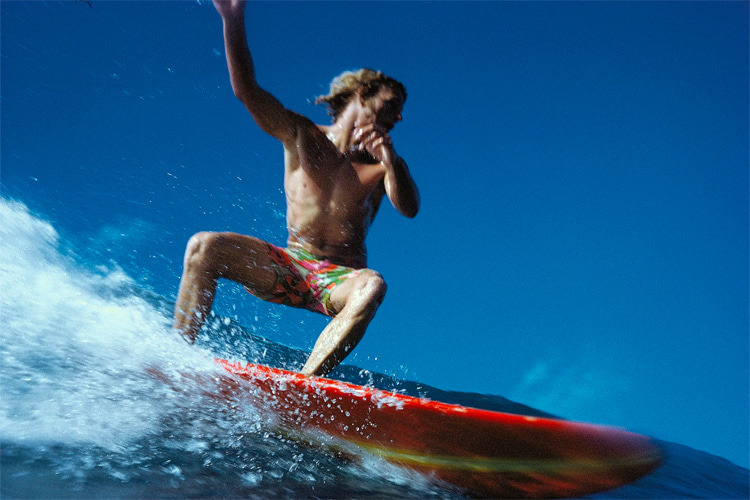In the rich and colorful pages of surfing history, few periods rival the transformative years between 1967 and 1970. The shortboard revolution was a game-changing movement that saw surfboards shrink in size but grow exponentially in possibilities.
Imagine this: surfboards plummeting from an average of 9'6'' in length and 26 pounds in weight down to a lithe 6'6'' and 10 pounds.
In a couple of years. The repercussions?
Nothing less than a "mass desertion from everything that had gone before," as surf writer Paul Gross once pointed out.
Before the late 1960s, surfers were largely beholden to longboards, which were cumbersome and limited in the maneuvers they allowed.
The arrival of shortboards heralded a seismic shift, breathing new life into the sport and redefining what it meant to catch and ride a wave.
Here's the story of a movement - or era - that forever changed the sport of surfing, its culture, and its lifestyle.
The Anatomy of Pre-Revolution Boards
To appreciate the innovation that shortboards brought, one must understand the limitations of their predecessors.
Before 1967, most surfboards were longboards, measuring between 9 to 11 feet.
Made of balsa wood or foam, they were heavy, unwieldy, and required considerable maneuvering effort.
These boards were optimal for stable rides and riding small and mushy waves but lacked the agility needed for more intricate moves, steep drops, and top-to-bottom surfing.
Riders could only hang ten or cruise the wave's face, and the boards were far from nimble.
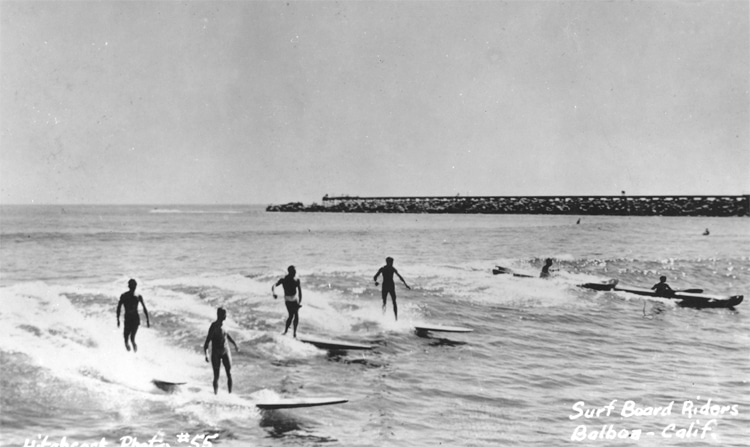
The Spark of Innovation
The shortboard revolution didn't just happen overnight.
While the details of this regime change are entangled in disagreement and debate, consensus credits its beginnings to Australian Bob McTavish and Californian George Greenough.
Nat Young and Wayne Lynch, also from Australia, were key figures testing out these radical designs, while Midget Farrelly made parallel strides.
Further refinements came from Hawaii's Dick Brewer, who was also rethinking board design and incorporating hydrodynamics into the craft.
So impactful was this period that Drew Kampion, an editor at Surfer magazine, deemed it the "greatest conceptual shift in surfing history."
Before McTavish and Greenough arrived on the scene, others had tinkered with shorter boards.
Dale Velzy, a surfer from Hermosa Beach, was crafting 7-foot boards in the 1940s and 1950s, and in the early 1960s, Jim Foley of Santa Cruz surfed on a 7'10''.
But it was Greenough's ingenuity in New South Wales that served as the crucible for the revolution.
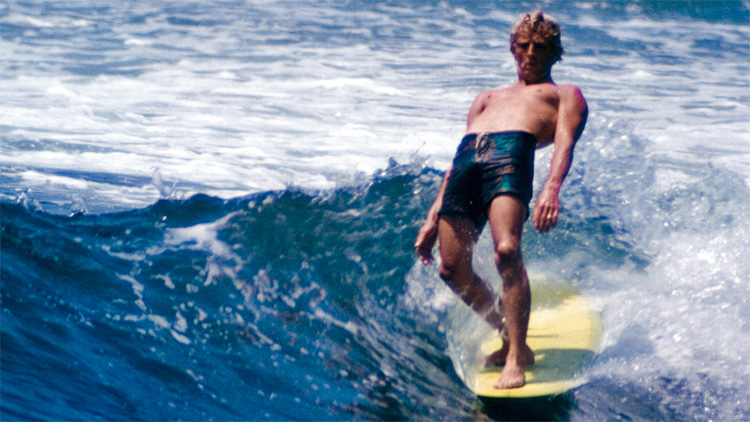
The Australian Catalyst: McTavish and Greenough's Game-Changing Meeting
In 1965, George Greenough took his talent and his 4'10'' "spoon" kneeboard to Australia, where he stayed with Bob McTavish.
Using a fin inspired by the tail of a bluefin tuna, Greenough could maneuver in ways that stunned stand-up surfers.
Greenough's techniques sowed the seeds for McTavish's curiosity and subsequent innovations.
By 1966, Nat Young's victory at the World Surfing Championships in San Diego using a board with a Greenough-designed fin exemplified the potential of more dynamic, involved surfing, marking the upcoming change.
The world had had enough of noseriding and cross-stepping. It was time to explore the full potential of an open wave face.
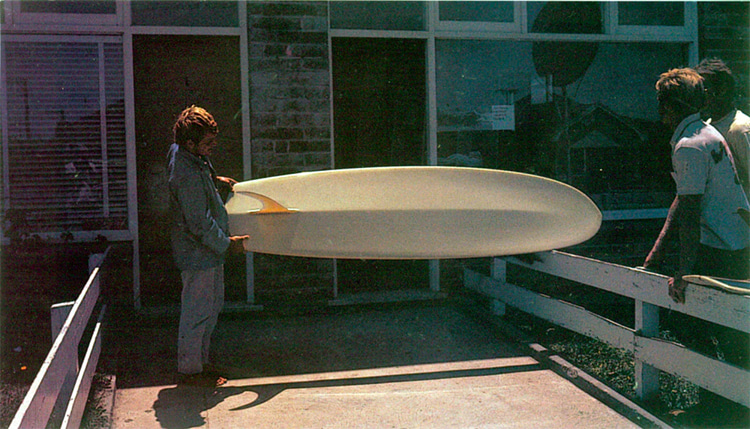
The Vee-Bottom Phenomenon: Birth of a New Surfing Style
McTavish, fascinated by the shorter Hawaiian "hot curl" boards, began to experiment with the design in the early 1960s.
1967 was a watershed year for McTavish.
He produced the first vee-bottom board, nicknamed the "Plastic Machine," which had a groundbreaking V-shaped bottom that prompted sharper turns.
This design was so influential that California surfers like Skip Frye and Mickey Muñoz, visiting Sydney for a competition, were blown away by it.
McTavish and Young's vee-bottom boards were put to the test in Hawaii, marking their international debut.
They faltered at the Duke Kahanamoku Invitational but found their footing in Maui's Honolua Bay.
Their glorious rides are documented in Paul Witzig's 1968 surf movie "The Hot Generation."
Dick Brewer, who was already a renowned longboard shaper, took notice.
He went on to develop the "pocket rocket" or "mini-gun" design, which further refined the shortboard, making it more suited for Hawaii's big waves.
The V-shaped innovation led to what was known as the "involvement school" of surfing, wherein surfers became more actively engaged with the wave, carving turns and performing rapid maneuvers.
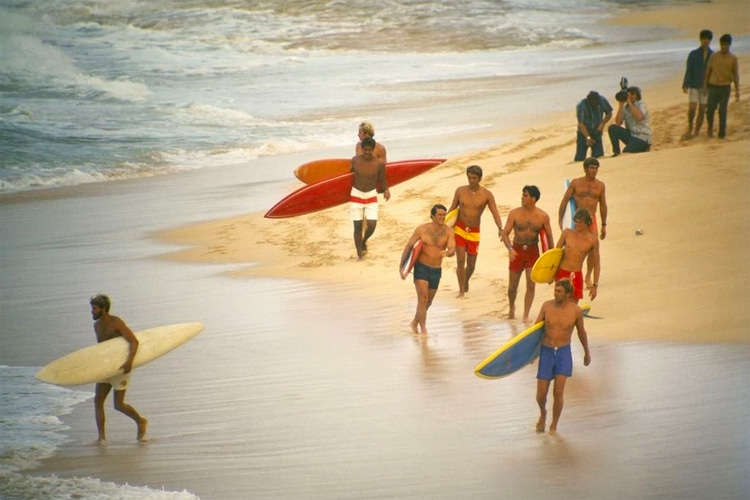
Cultural and Industry Impact
Unsurprisingly, the advent of the shortboard divided the surfing community.
Purists saw it as a fad that disrupted the sport's traditional ethos.
Yet, the young and daring embraced it, exhilarated by the newfound freedom and challenges.
The tension reached its zenith at the 1968 World Surfing Championships in Puerto Rico, where traditional longboards and new-age shortboards clashed, both literally and metaphorically.
The event was dominated by Fred Hemmings and Margo Godfrey.
While the shortboard revolution was a boon for innovation, it was a bust for established surfboard companies burdened with obsolete longboards.
Instead, small-scale board makers operating from garages led the charge.
This period also saw a transformation in the style, culture, and language of surfing.
Terms like "mind machines" and "Pipeline vector complex" started to emerge, signaling the sport's new technical and philosophical direction.
By the time of the 1970 World Championships in Victoria, Australia, the revolution had arguably come full circle.
The favored Australians, riding less-than-optimal shortboards, were defeated by Californian Rolf Aurness using a more balanced 6'10'' board.
While design experimentation continued, this marked a symbolic end to the revolution's most disruptive period.
The Shortboard Revolution could not be denied; the surfing landscape had irrevocably changed.
Paradoxically, by the mid-1970s, even Bob McTavish found himself returning to longboards during smaller waves.
His 1977 Surfer magazine article, "Re-Enter the Longboard," underscored the sport's cyclical nature.
Influence on Competitive Surfing
The shortboard revolution transformed the parameters of competitive surfing.
Suddenly, competitions became showcases for complex tricks and tight maneuvers.
The agility and speed of the shortboard added an element of unpredictability, making contests more exciting to watch and participate in.
Surfers started going into the air, something that wasn't imaginable.
The new design standards also made it easier for younger and less muscular surfers to excel in the sport, democratizing the playing field in unprecedented ways.
